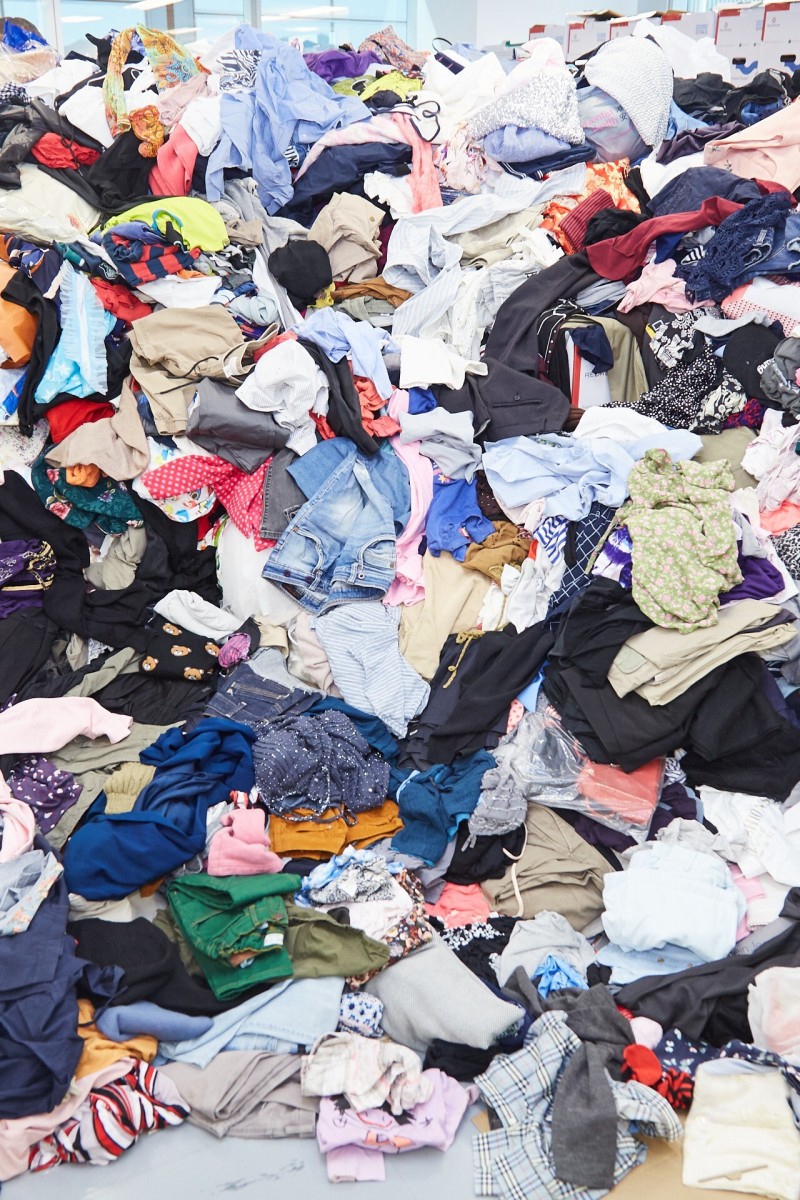
Sustainable fashion in Hong Kong: NGO Redress wants you to restyle your old clothes into new looks
Published:
Listen to this article
- Instead of buying a new outfit, go ‘shopping’ in your own wardrobe to cut down on consumerism and protect the environment
- Did you know that making one pair of jeans requires 2,912 litres of water?
Joanne Ma |
Published:
Sign up for the YP Teachers Newsletter
Get updates for teachers sent directly to your inbox
By registering, you agree to our T&C and Privacy Policy
Sign up for YP Weekly
Get updates sent directly to your inbox
By registering, you agree to our T&C and Privacy Policy